Geo fabric are also geotextiles. In terms of production methods, it is divided into woven geotextiles and non-woven geotextiles. Such as: filament woven geotextiles, plastic flat wire woven geotextiles, cracked film silk woven geotextiles. Staple fiber needle-punched geotextiles, filament spunbond needle punched geotextiles. In terms of material, it is divided into polyester geotextile and polypropylene geotextile.
Geotextiles have the functions of protection, isolation, filtration, reinforcement and drainage in engineering. Geotextiles are generally used in transportation, water conservancy, environmental protection, breeding and planting.
Haoyang Environmental Co., Ltd. (Haoyang), founded in June 2008, stands as a distinguished geotextiles manufacturer and supplier , specializing in the production of geo fabrics, which are a vital component within the broader category of geotextiles. Situated in the National High-Tech Industrial Development Zone of Yucheng, Dezhou, Shandong Province, China, our company has consistently strived for excellence in delivering innovative solutions to meet the diverse needs of the geotechnical and environmental industries.
Download
![]() geofabric_manufacturing_standards.pdf
geofabric_manufacturing_standards.pdf
![]() geofabric_quality_testing_methods.pdf
geofabric_quality_testing_methods.pdf
Hot Search
- Geotextile
- Geosynthetics
- filament geotextile
- geotextile fabric
- geotextiles
- geofabrics
- filament woven geotextile
- Environmental Protection
- HDPE composite drainage net
- non woven
- China
- HDPE thickened environmental geomembrane
- staple fiber
- filament geofabrics
- woven geotextile
- non woven geotextile fabric
- waterproof filament woven geotextile
- filament woven geotextile for tunnel
- White waterproof filament woven geotextile
- non-woven geotextile
- Black and green two-color geomembrane
- geosynthetic materials
- non woven geotextile
- Filament nonwoven geotextile
- nonwoven geofabrics
- non-woven geotextiles
- woven geofabrics
- filament woven geofabrics
- filament woven fabrics
- plastic flat wire woven geotextile
241.webp)
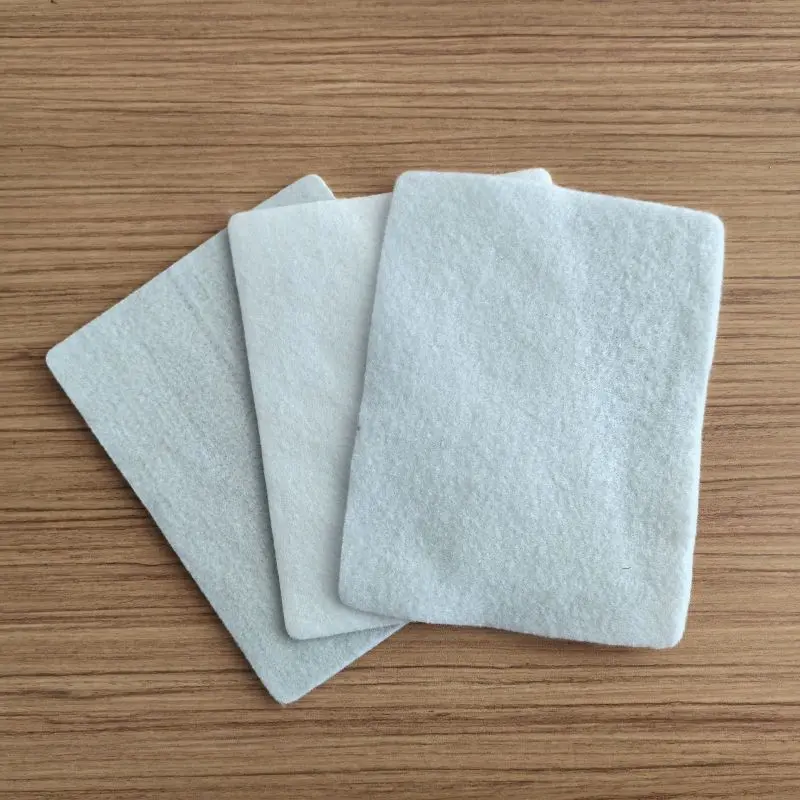
191.webp)
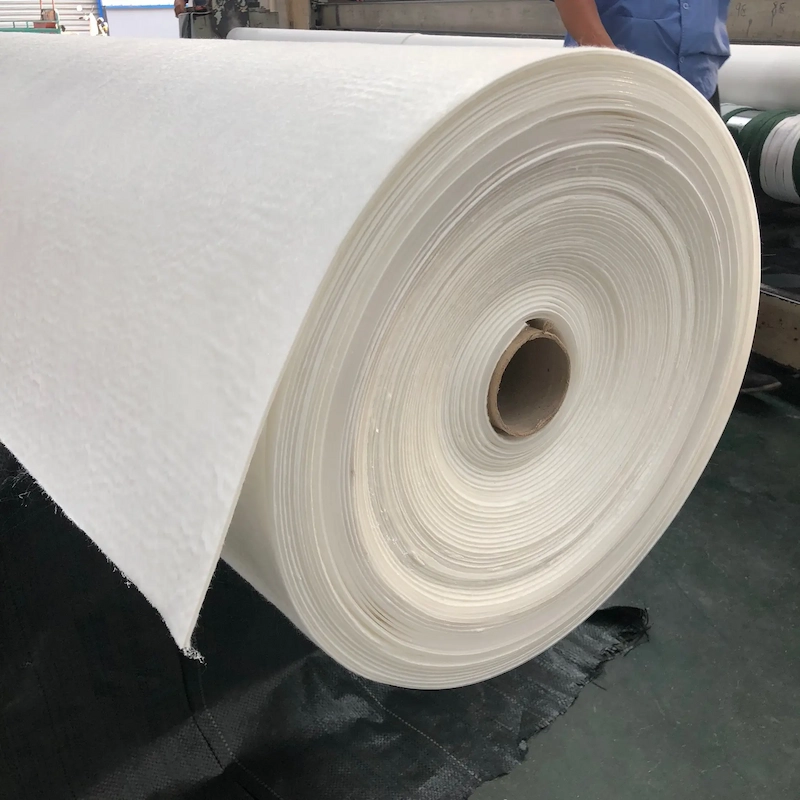
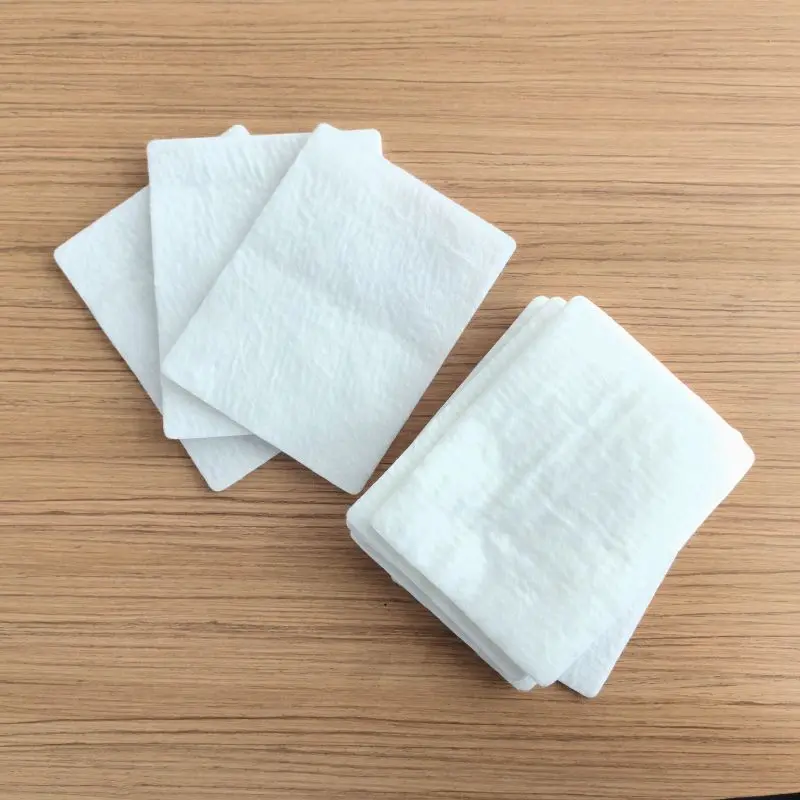
841.webp)
780.webp)

384.webp)
509.webp)
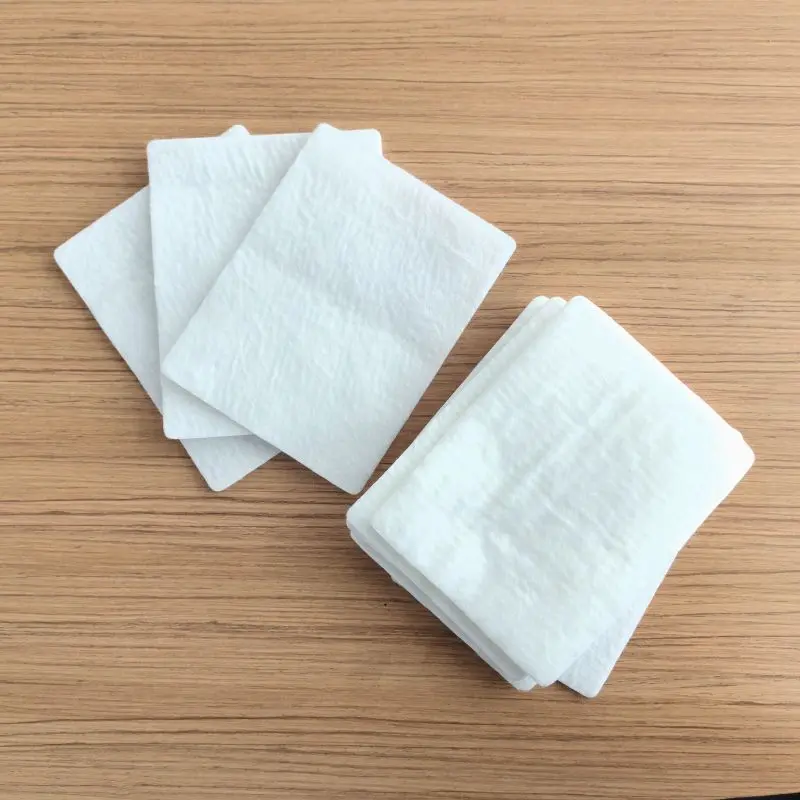
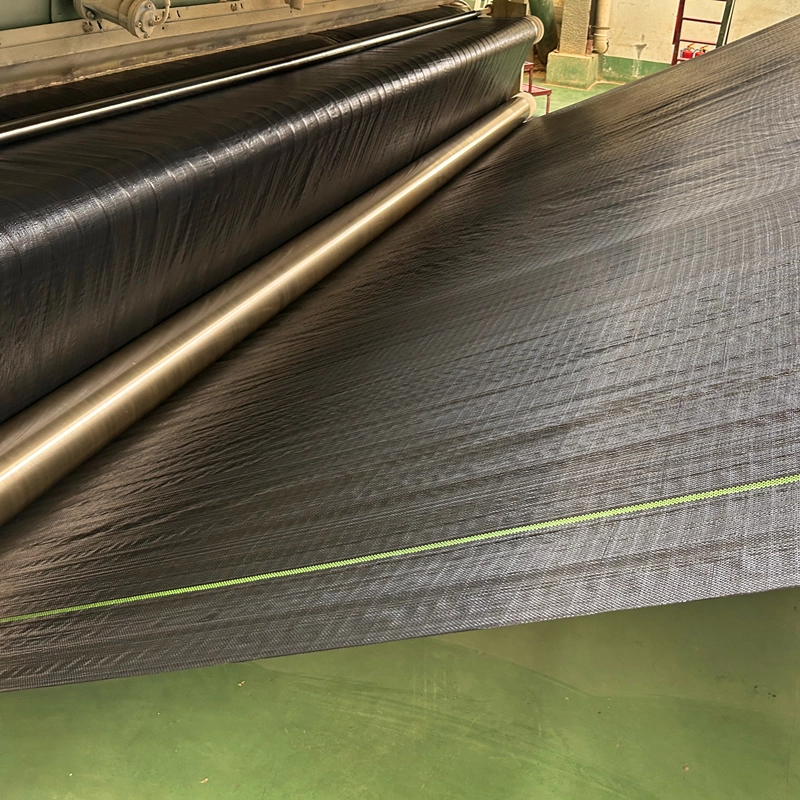

482.webp)
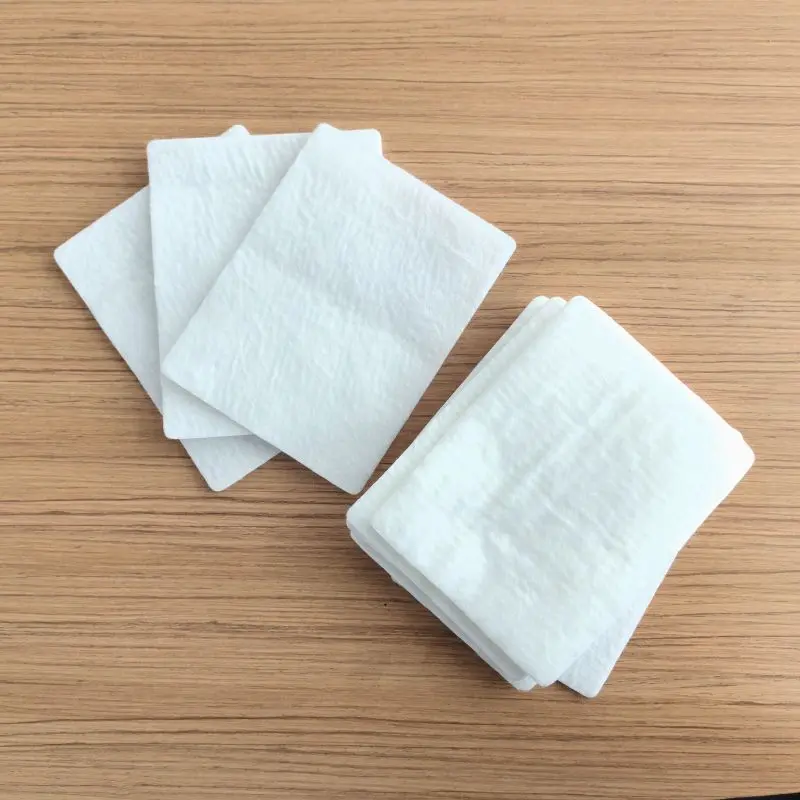
861.webp)
597.webp)
411.webp)